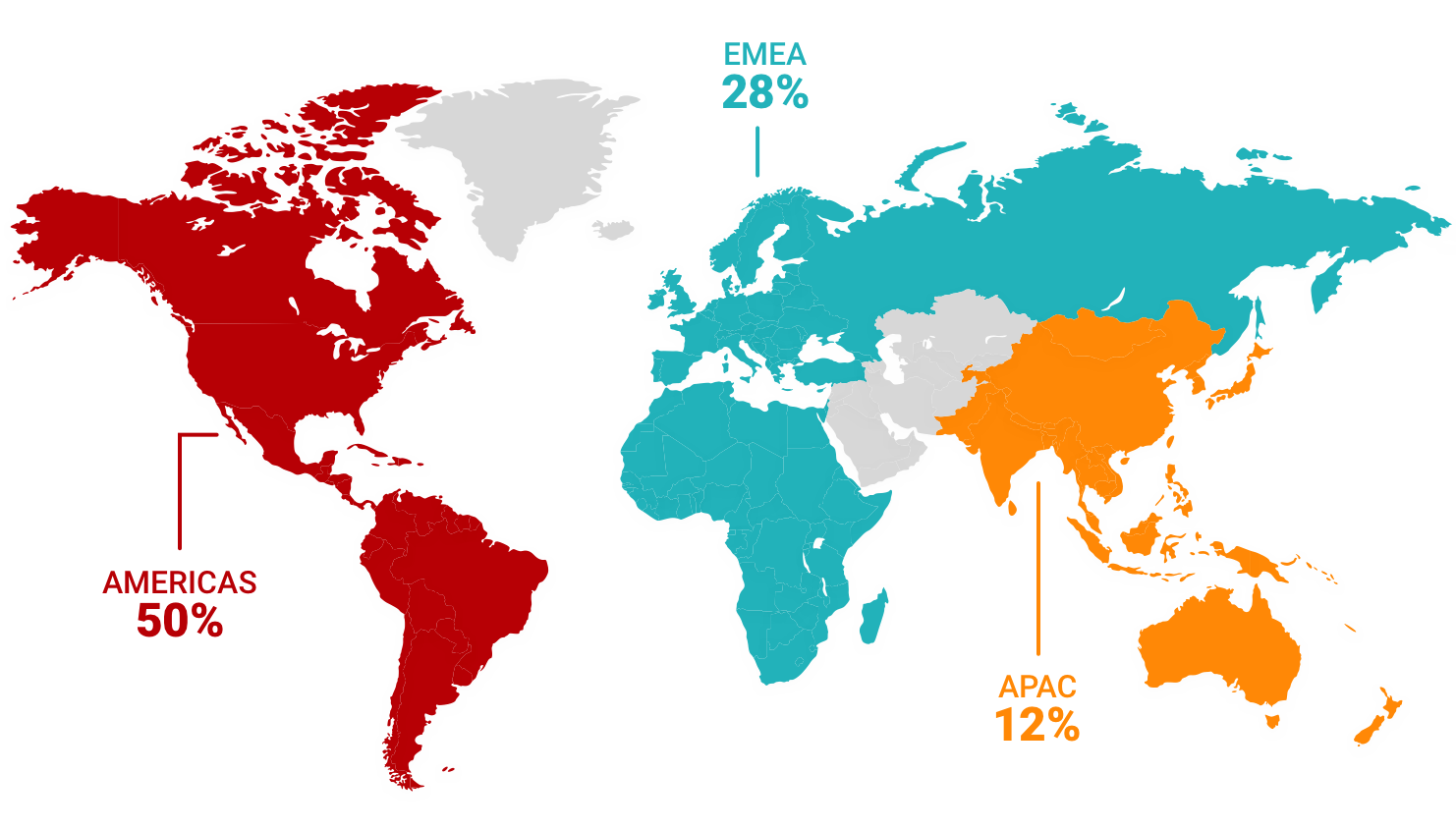
But thanks to a report released last week by a Yale-led team of researchers, it’s now possible to analyze the history of cities over a much longer time frame. World Urbanization Prospects, goes back only to 1950. The most comprehensive collection of urban population data available, U.N. But until recently, tracking its history much further back than that was a challenging task. In 1960, only 34 percent of the world lived in cities. The size of each dot corresponds to its population at that time.īy 2030, 75 percent of the world’s population is expected to be living in cities. To access, click on the markers in the world map.For each city, this map shows the date of the earliest recorded population figure, which is not necessarily the date when the city was founded. More ‘Dig Deeper’ links may be found in the regional maps. This will be of great importance in opening up the heavy clay lowlands of the region to arable farming, and so be one the keys to future European growth.įor details of the different civilizations, click on the relevant timeline above. The heavy plow probably appears about now in northern Europe. This will make the dissemination of written information much easier and cheaper. Two developments stand out in this period as highly significant for the history of world technology. In South America, the Moche civilization is now flourishing, bringing Andean urban culture to new heights. In central America, the Mayan civilization is on the rise, while in Mexico one of the largest cities of the pre-Columbian Americas, Teotihuacan, is in its pomp. In the Pacific, a variety of different societies are emerging on the numerous islands. Indian-style kingdoms are emerging in South East Asia. To the south, the Bantu migration is now moving down into southern Africa. Trade links are being extended in West Africa, where Berber traders are pioneering the trans-Saharan trade routes, with the vital aid of camels. The Jews will play a major role in the history of Europe, particularly in the development of commerce and finance.

At the same time, the Jewish people are now experiencing the early stages of their Diaspora, which by this time has also reached the frontiers of Rome and Parthia. Christianity is finding millions of converts throughout the Roman and Parthian empires. To the west, the small land of Judaea has been the springboard of the spread of two major religions. The Middle EastĪnother great state whose end is fast approaching is the Parthian empire, which has ruled much of the Middle East for the past 300 years (though without the stability of the Roman and Han empires). Their state plays a major role in global history by acting as the base for the spread of Buddhism to China and East Asia. The Kushanas have succeeded the Scythians in ruling a huge empire stretching from central Asia into India. In due course they will reappear in history as attackers of the Roman empire under their fearsome king, Attila. One group of Huns, refusing Chinese overlordship, has moved westward. The Han empire still dominates eastern central Asia, despite its internal weaknesses.

The Chinese Han empire, however, is already in steep decline, and will not last for much longer.

The appearance of Roman merchants in south Chinese ports shows the strength of trade links between different parts of the Eastern Hemisphere by this time. It has given its inhabitants two centuries of almost unbroken peace, and so, like the Han dynasty in China, ranks as one of the longest periods of peace in world history. The Roman empire is at its height, but is just about to enter its long decline. The great empires of Rome, China and India almost straddle Eurasia from east to west. World history in 200 CE - the ancient world at its height


 0 kommentar(er)
0 kommentar(er)
